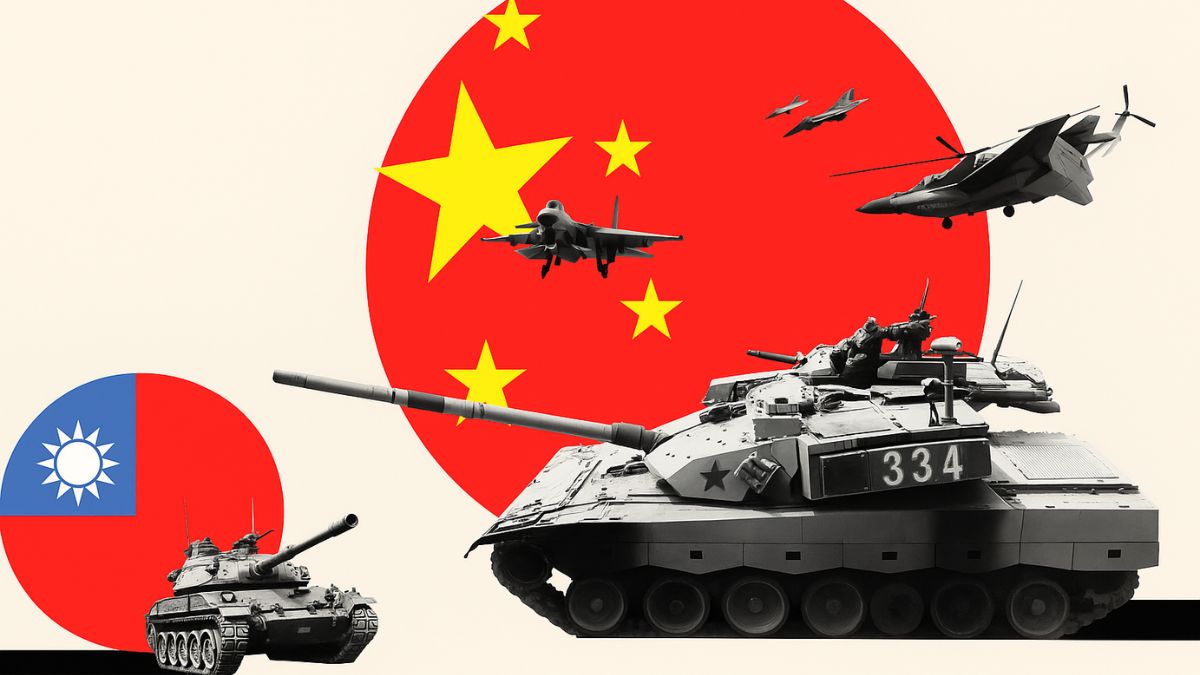Cambodia, China Launch Largest-Ever Joint Military Drills Featuring Robot Dogs and Warships

Cambodia and China have kicked off their largest-ever joint military exercises, featuring a striking array of modern Chinese hardware, including artillery systems, reconnaissance drones, warships, and robotic battle dogs. The 15-day drills, running until May 28, bring together nearly 900 Chinese military personnel and more than 1,300 Cambodian soldiers in a visible demonstration of deepening defense cooperation between the two close allies.
The drills are being held near the Gulf of Thailand, with Chinese forces and equipment arriving at Cambodia’s Ream Naval Base — a facility recently renovated with Chinese assistance that has become a flashpoint in regional geopolitical rivalry. The United States has raised concerns that China may use the base for its own strategic purposes, thus extending its naval reach in Southeast Asia.
What is China trying to signal with the Golden Dragon drills?
Beijing appears intent on showcasing its growing military capabilities and technological edge through the annual “Golden Dragon” exercises. The inclusion of high-tech equipment such as reconnaissance drones and robotic “battle dogs” underscores China’s ambition to project itself as a modern and dominant military power.
Cambodian political analyst Ou Virak told AFP that the message was clear: “China is growing, China is expanding, China is also getting stronger, both in size but also in technological advancement, as well as military might.” The large-scale nature of this year’s drills, he noted, reinforces China’s intention to bolster confidence among its partners and simultaneously flex its geopolitical muscle.
Why is the Ream Naval Base attracting international scrutiny?
The Ream Naval Base, located on Cambodia’s southern coast, has been the subject of controversy due to its strategic location and recent Chinese-funded upgrades. The arrival of the Changbai Shan, a large Chinese naval vessel, at the base this week has only amplified concerns in Washington that Beijing may be seeking exclusive access to the facility — something both Cambodia and China deny.
US officials have repeatedly warned that Chinese access to Ream could tilt the regional military balance, giving the People’s Liberation Army (PLA) a foothold in the Gulf of Thailand and greater influence over key shipping lanes in the South China Sea.
How has Cambodia’s military alignment shifted over time?
Since the first Golden Dragon drills in 2016, Cambodia’s defense ties with China have steadily deepened, mirroring its broader economic and political pivot toward Beijing. In early 2017, Cambodia cancelled “Angkor Sentinel,” an annual joint exercise with the United States that had been running for seven years, signalling a decisive shift in strategic orientation.
China has since invested heavily in Cambodia, funding infrastructure, defense, and economic projects, while also pledging military support — including a reported plan to deliver two warships. President Xi Jinping’s visit to Cambodia in April further cemented bilateral ties, with both sides promising closer cooperation on security and regional stability.
With the 2025 Golden Dragon drills now underway, China’s growing military presence in Southeast Asia — and Cambodia’s deepening role within that architecture — is likely to remain under sharp scrutiny from Washington and its allies.







